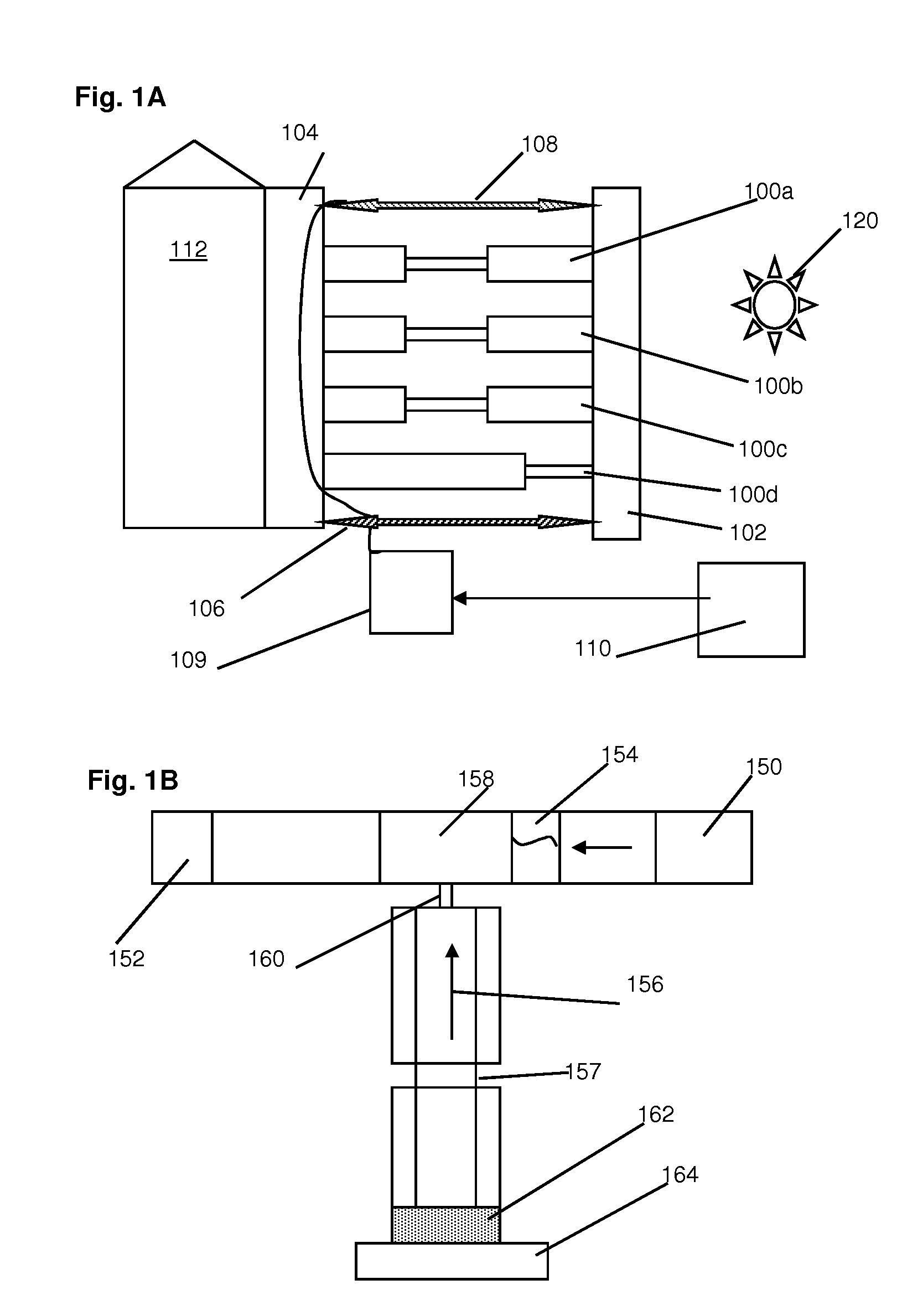Tunable Thermal Link
a phonon transport and thermal link technology, applied in the field of nanomaterials, can solve the problems of lack of variability and tunability of phonon transport in materials, no devices have been shown to exhibit tunable thermal conductance, etc., to achieve large thermal conductivity effect, increase or decrease longitudinal separation, and increase separation
- Summary
- Abstract
- Description
- Claims
- Application Information
AI Technical Summary
Benefits of technology
Problems solved by technology
Method used
Image
Examples
example 1
MWCNTs as a Thermal Nano-Mechanical Rheostat
[0070]MWCNTs with diameters ranging from 10 nm to 33 nm were prepared using conventional arc methods.
[0071]Individual tubes were placed on a custom designed microscale thermal conductivity test fixture using a piezo-driven manipulator operated inside an SEM. Details of the test fixture fabrication process have been published elsewhere (see Shi et al, “Measuring Thermal and Thermoelectric Properties of One-Dimensional Nanostructures Using a Microfabricated Device,”J. Heat Transfer, 125, 881 (2003)). In brief, the fixture incorporates independently suspended heat source and heat sink pads, with integrated Pt film resistors serving symmetrically either as heaters or sensors (i.e., thermometers). The fixture was made adaptable to TEM imaging by wet etching a window through the exposed Si below the sample mount region. Nanotubes were bonded to the source / sink pads using (trimethyl) methylcyclopentadienyl platinum ((CH3)3(CH3C5H4)Pt) for mechani...
PUM
| Property | Measurement | Unit |
|---|---|---|
| Fraction | aaaaa | aaaaa |
| Nanoscale particle size | aaaaa | aaaaa |
| Frequency | aaaaa | aaaaa |
Abstract
Description
Claims
Application Information
 Login to View More
Login to View More - R&D
- Intellectual Property
- Life Sciences
- Materials
- Tech Scout
- Unparalleled Data Quality
- Higher Quality Content
- 60% Fewer Hallucinations
Browse by: Latest US Patents, China's latest patents, Technical Efficacy Thesaurus, Application Domain, Technology Topic, Popular Technical Reports.
© 2025 PatSnap. All rights reserved.Legal|Privacy policy|Modern Slavery Act Transparency Statement|Sitemap|About US| Contact US: help@patsnap.com



